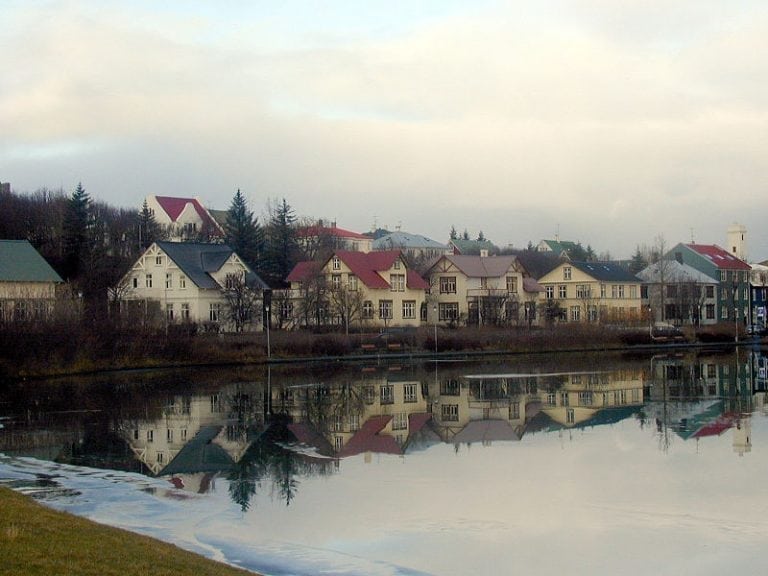When Iceland gained home rule from Denmark in 1904, Reykjavík became established as a capital. The country’s principal centres of administration and education were located in the town, and a new class of prosperous intelligentsia and officials developed.
The timber houses at the town-centre end of Tjarnargata were built by this new bourgeoisie in 1906-8. Tjarnargata 18, 22, 32, 33, 35 and 37 were designed by Iceland’s first architect, Rögnvaldur Ólafsson.
Variations of style may be seen in the Tjarnargata houses; the chalet style is predominant, while nos. 18 and 33 show neoclassical influ ence. The houses on the west of Tjarnargata have been protected buildings since 1991.


